How we sophisticated Europeans laughed at American tourists in the 1960s as they raced around our continent on whirlwind holidays in cramped coaches: the Eiffel Tower one day, the canals of Venice the next, Checkpoint Charlie in Berlin the day after. They were mocked without mercy in a film made in 1969 called If It’s Tuesday, This Must Be Belgium, which starred Ian McShane as an amorous English tour guide. Surely nobody does that kind of here today, two hundred miles away tomorrow tourism in the 2020s? Well, yes, you can go on a beer tour that will whizz you round the autoroutes and snelwegs of Europe, Brussels Monday, Cologne Tuesday, visiting breweries and bars and enjoying beery experiences you can’t get at home, from fresh Düsseldorfer Alt on draught to ice-cream made with Westvleteren 12 in the St Sixtus abbey restaurant. It’s not cheap. Ah, no. But it’s huge fun, and it’s a speedy and efficient way of filling in a few gaps in your beer CV.
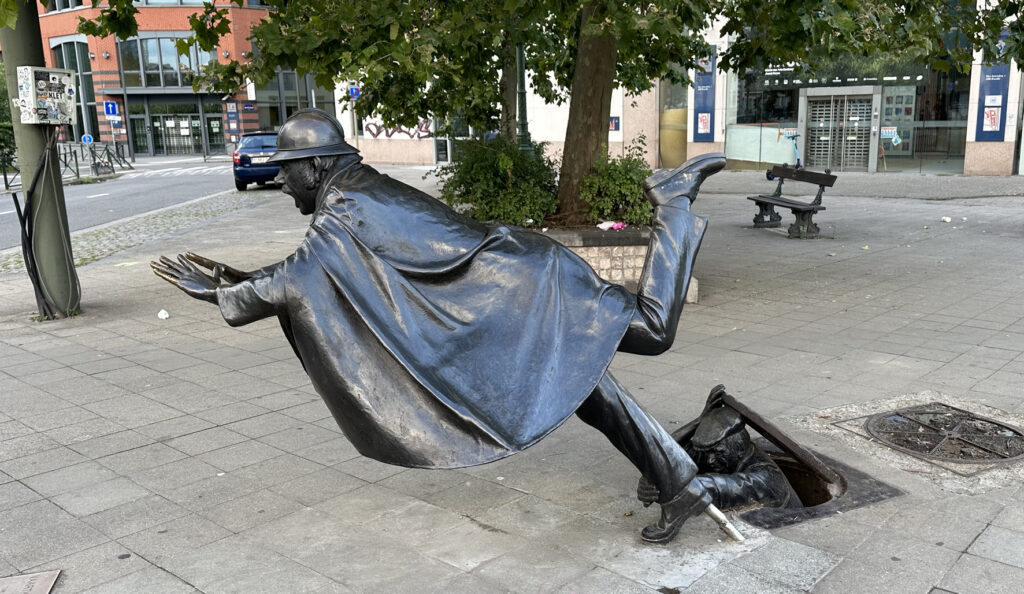
I, for example, had never drunk Kölsch in Cologne. Call myself a beer writer? I know, right? What’s worse, I’ve just handed over a manuscript to a publisher with a chapter talking about the history of Kölsch. “Mr Cornell, you write about this beer, but what is your actual experience of drinking cold Kölsch in a Cologne bar while a grumpy Kobe marks your beermat?” “Errr …” So when I saw Ron Smith of the beer travel company BeerMBA in the US was organising a trip that took in Cologne, Dusseldorf and several other places I had not yet been to, including almost a complete set of Low Countries brewing abbeys AND St Bernardus, one of my favourite breweries, I decided this was my chance.
There were 16 or so Americans on the tour, not including Ron, and a fine, fun bunch they were, all beer enthusiasts, several home brewers (some with serious set-ups: one has a bar with four pouring taps in his basement) and several with experience of advanced beer judging. I hadn’t thought of this before, but one big advantage of joining a largeish group of people on a European beer trip is that when you get to, say, a place like Cantillon in Brussels, where the brewery tasting room/bar has a large range of aged 75cl bottled beers costing up to 70 euros a (literal) pop, sharing those rare beers you may never get the chance to drink again among half a dozen or more drinkers cuts the cost per head dramatically.
The Americans, of course, were flying in (although some were taking this beer trip as part of a wider grand tour of Europe). I was catching the Eurostar, which takes less time to get from London to Brussels than it does for me to get from my home on the North Norfolk coast to London. At least it will do if the train in front of you a few miles outside Calais doesn’t hit what was described as “an animal”, no further details given, In that case, please add two hours to your journey. Don’t know why they didn’t say what sort of animal was involved, though I suppose after it was hit by a thousand tons of train doing 150mph, it probably looked more like hamburger than any recognisable beast …
Fortunately there was plenty of slack built into my timetable, so I was on time to meet the rest of the tour for lunch at the restaurant properly called À La Mort Subite in the aptly named Vegetable Herb Mountain Street – rue Montagne aux Herbes Potagères in French, the name apparently derived from the many vegetable gardens found in the area until the 17th century. Shamefully, although I had made several previous visits to Brussels, I had never been to the Mort Subite, one of the most famous of the Belgian capital’s beery restaurant/bars. If you’re a beer tourist, though, it’s a genuine Must See, the narrow frontage hiding a long, thin room filled with narrow tables, leather banquettes down the sides, the décor gilt, cream and brown, with huge mirrors in gilded rococo frames that reach to the ceiling, painted roundels, photographs and pictures smothering the walls, in a style described as “neo-Louis XVI”, or, if you prefer, “a cross between a Bohemian beer hall and an old-fashioned Yates’s Wine Lodge (© Tim Webb), while efficient, serious-looking waiters in black waistcoats and white aprons ply loaded trays between the tables. I could – almost – imagine myself time-travelling back to Belle Epoque Brussels, a few years before the horrors of the First World War, in a bowler, long black jacket and high collar, my female companion wearing a sweeping tight skirt that trailed on the floor and a vast-brimmed hat …
You can read multiple versions elsewhere of where the name Mort Subite, “sudden death” in English, comes from. The café had its own geuze and lambic beer brands, originally brewed in Brussels, with production of Mort Subite beers being taken on in the 1960s by the De Keersmaeker brewery in Kobbeghem a village some six or seven miles to the north-east of central Brussels. De Keersmaeker, which then changed its name to Brasserie Mort Subite, was then acquired in two bites by a rising force in the Belgian beer scene, Alken-Maes, which bought 50 per cent of the Kobbeghem concern in 1989 and the remaining moiety in 2000. That same year Alken-Maes was snaffled by Scottish & Newcastle. Then in 2007 S&N was pounced on and sliced up by Carlsberg and Heineken, and production of the Mort Subite brands ended up in the hands of the Dutch giant. Despite being part of the second-largest beer conglomerate in the world, however, the Mort Subite brewery is a member of HORAL, the High Council for Artisanal Lambic Beers, set up in 1997 to promote the traditional methods of gueuze and lambic production of the Pajottenland and the Senne Valley.
And fair enough, too: the Oude Gueuze Sur Lie I ordered was a perfect companion for my croque monsieur, subtle without being over-complex, and very refreshing. I also tried the Mort Subite Lambic Blanche, perfumed, dry and slightly citrussy, which I would be very happy to drink again. (I remember the first time I ordered a croque monsieur, in France, having read about this continental delicacy, and being deeply disappointed to discover that it was merely a humble ham and cheese toastie, disguised by a flash and deceiving name … still, nothing is actually wrong with a toastie and a pint for lunch, whatever title either masquerades under.)
Everyone now refreshed, it was off out into the increasingly damp afternoon streets of Brussels – happily, like any sensible Englishman, home or abroad I always carry an umbrella in my backpack – to hit some more classic Brussels bars. Next was Au Bon Vieux Temps, hidden down an impasse – that’s your actual French for “cul-de-sac”, you know – with heavy Gothic influences, fitting for a bar that specialises in monastery beers: a stained glass window depicting St George committing dracocide, apparently originally in a local church, with masses of dark carved oak fittings and furniture and a back-bar filled with branded glassware. We would be hitting the genuine monkish brews later in the trip, so I ordered a Tripel Karmeliet, a beer inspired by a recipe from the abbey of Dendermonde in Flemish Brabant – yes, I know you can find this around the world, but funnily that ubiquity is the reason I don’t buy it in Britain, and the realisation that I couldn’t remember the last time I had drunk it made me decide to try it on home turf. It was sharp and smooth, and astonishingly light for its strength, 8.4 per cent abv.
What particularly makes Brussels such a terrific place for beer tourism is the number of high-class bars, top-rated for both their fabulous interiors and their beer selections, that you can stumble into during an easy stroll down mostly traffic-free streets in the city centre. London has many great pubs and bars, but to get round half a dozen of the best in an afternoon you’d have to dive in and out of the Underground, and the best interiors do not always match up with the best selection of, and best-kept beers. Our next stop was down another impasse, A la Bécasse (“The Woodcock”), a highly regarded specialist lambic bar, crammed again with narrow wooden tables and hard wooden chairs, and wooden panelling two thirds of the way up the walls. This is another must-visit, if only to enjoy the Timmermanns lambic douce served up in traditional light-grey-and-blue lambic jugs for each customer to pour out into their tumbler. It’s a sweetly sour five per cent abv beer, pale, tasty and tart, that would easily fuel a long session of chat, jokes and tales.
No time for that, though. Dinner first, at the tongue-twistingly named Poechenellekelder in Oak Street (Rue du Chêne), hard by one of Brussels’s tourist clichés, the Mannequin Pis, and recognisable by the many brightly coloured bicycles bolted to the outside wall. The people of Brussels are too cool to say “We’re mad, us”, but the spirit of their favourite son, Rene Magritte, runs through the city’s streets, with his signature bowler-hatted man painted on many walls, and a giant pipe, like the one from Magritte’s painting The Treachery of Images, erected in a courtyard off the Grand Place. Poechenellekelder is another bar with walls smothered in old pictures and beer advertising, and dark, narrow tables and wooden chairs, the particular twist here being dozens of puppets everywhere: It may be surprising for visitors to discover that the place is barely 30 years old. The menu runs to some 120 different Belgian beers, and an entirely simple selection of hot plates: spaghetti bolognaise, spaghetti jambon, soup, croques, cheap and delightfully cheerful. Here I had a draught St Feuillien Blonde, named for a long-vanished abbey, eight per cent abv, and another fine example of just how well-designed so many Belgian beers are to accompany food.
Brussels beer is not just tradition, abbey beers (fake or otherwise) and lambic: the Bruxelloise do modern as well, and we must away to Gist (“Yeast”), a café serving “Belgian craft beer only”. Compared to La Becasse or Mort Subite or Poechenellekelder the interior is restrained and early 21st century, the staff wear jeans and slogan T-shirts, not waistcoats and white aprons, while the beer range would not raise eyebrows in Denver or Brick Lane: saison IPA and Purple Gose, for example. I liked the five per cent Stouterik draught stout from one of Brussels’s best-known new brewers, Brasserie de la Senne, but the hand-pumped 4.5 per cent abv Taras Boulba pale ale from the same brewer, alas, was a huge disappointment: good aroma, but ludicrously cloudy and little to no malt or hops noticeable in the mouth. Bland and boring, to be honest. Let’s be generous and say I must have caught poor Taras on a bad day.
Finally, for the last stop before bedtime, we came to another impasse, down which was the Delirium Café, named for Delirium Tremens, the strong golden ale first produced in 1988 by the Huyghe brewery in Melle, East Flanders, not quite 30 miles from Brussels, as its answer to Duvel. This being a Thursday night, two bouncers guard the entrance to the impasse, and the multi-roomed café is rammed with young people enjoying loud music (that doesn’t bother me – man, I saw Led Zeppelin at the Royal Albert Hall in 1970) and ignoring the tubby white-bearded old git three times their age, who is wandering about photographing the hundreds of pieces of brewery memorabilia everywhere, from enamel advertising signs for long-gone beers to dozens of brewery trays covering the ceilings. There is no bar like this in Britain (I know of one, the Duke of York in Belfast, that is similarly sign-smothered, though many items are whiskey brands, not beer), and, I suspect, not much like it in the world. If there was, it cetainly wouldn’t be filled with under-30s who, I suspect, are NOT there for the 3,000 beers listed in the bar’s menu, but the chance to hang out with friends in convivial surroundings. Which is all any bar should be about.
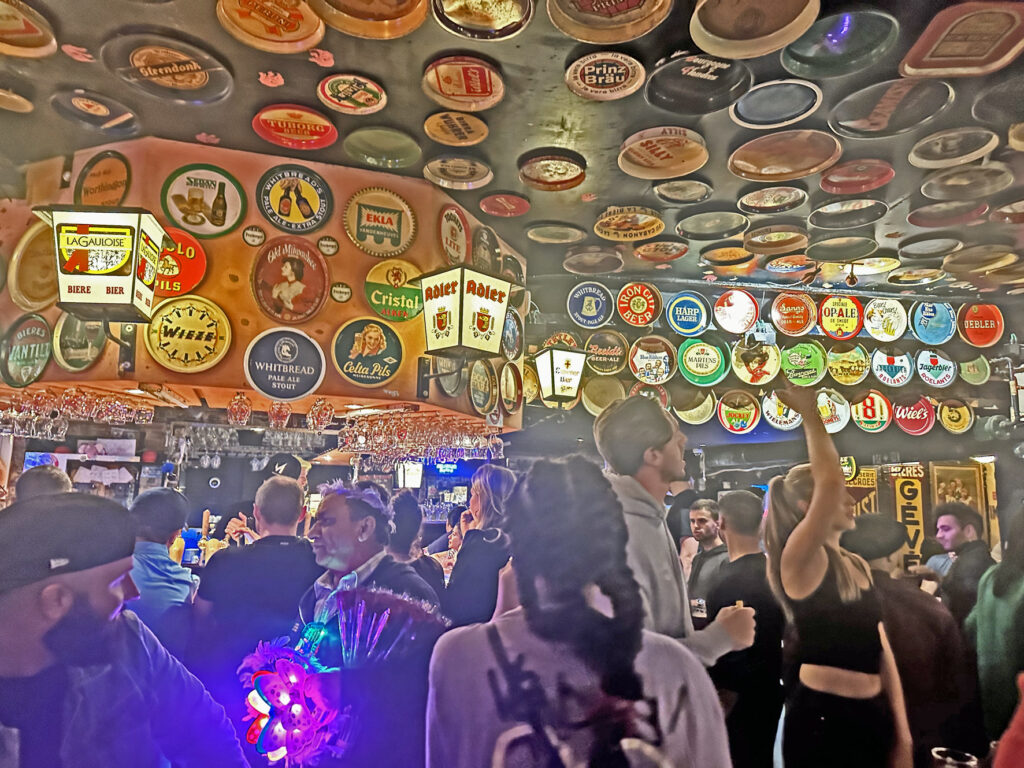
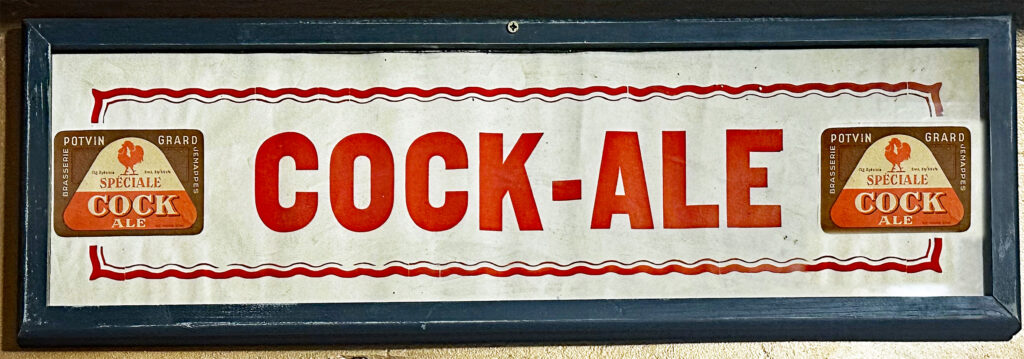
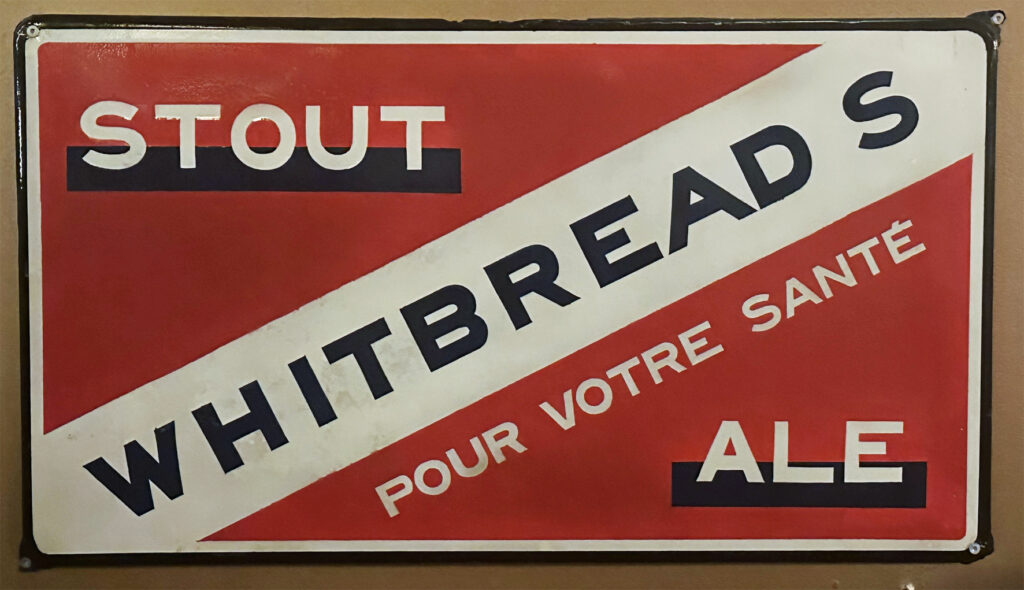
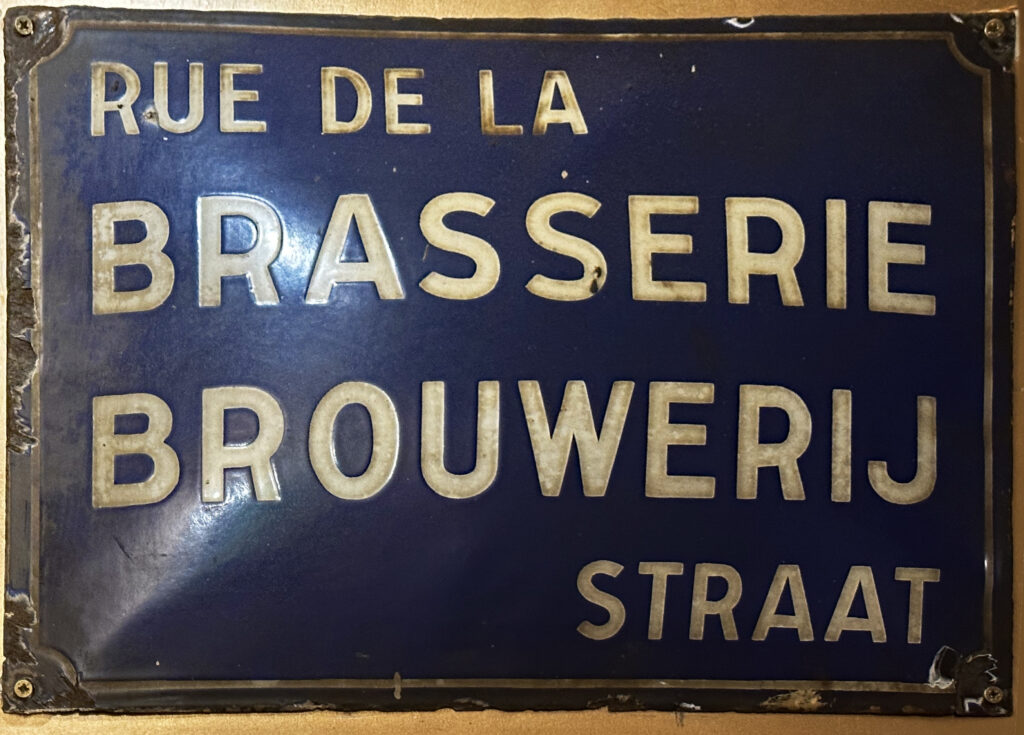
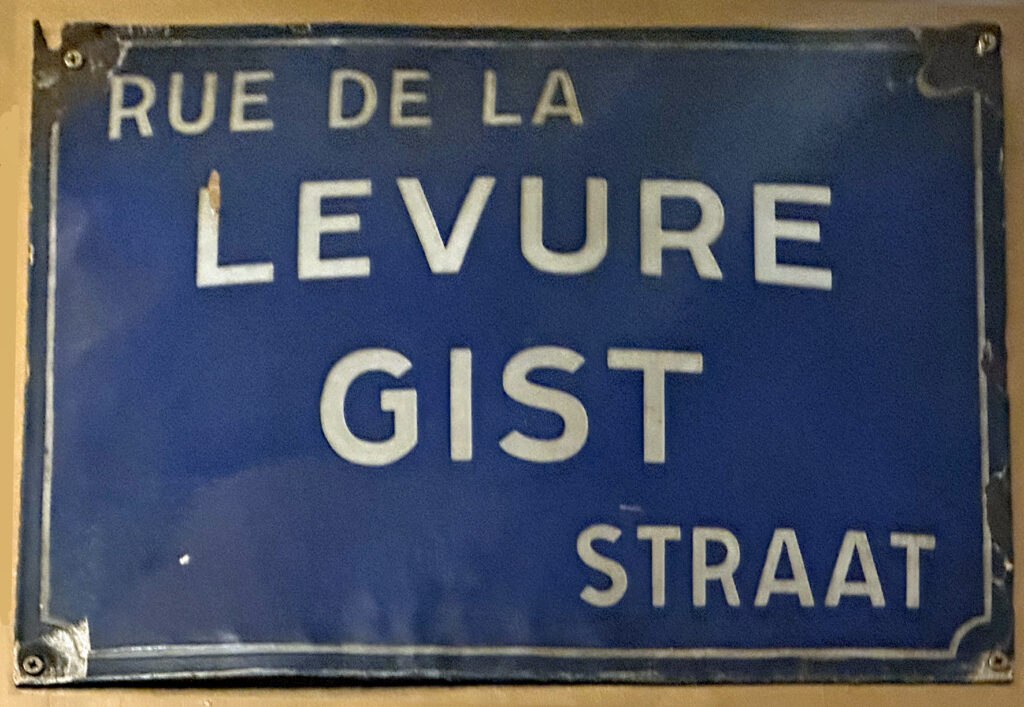
That’s one of the aspects of Belgium I really enjoy: plenty of people drink Stella or Jupiler, sure, but Walloon or Fleming, they recognise and are proud of their country’s beery traditions and reputation, they are delighted tourists come to Belgium to enjoy its unique range of different beer types, and many, calmly and unselfconsciously, enjoy those beer types as part of their everyday lives. I suspect the average Bruxellois could name far more local beer types associated with the city and its surroundings than the average Londoner: indeed, if as many as one in 20 Londoners even knew porter, stout, IPA and brown ale had been invented in their city I would be astonished.

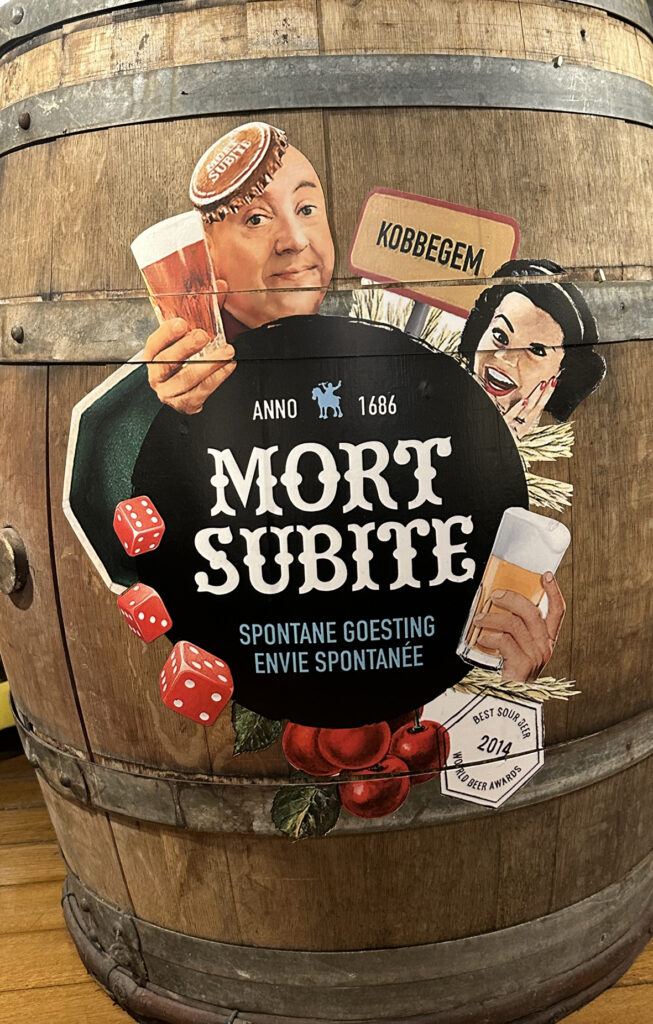
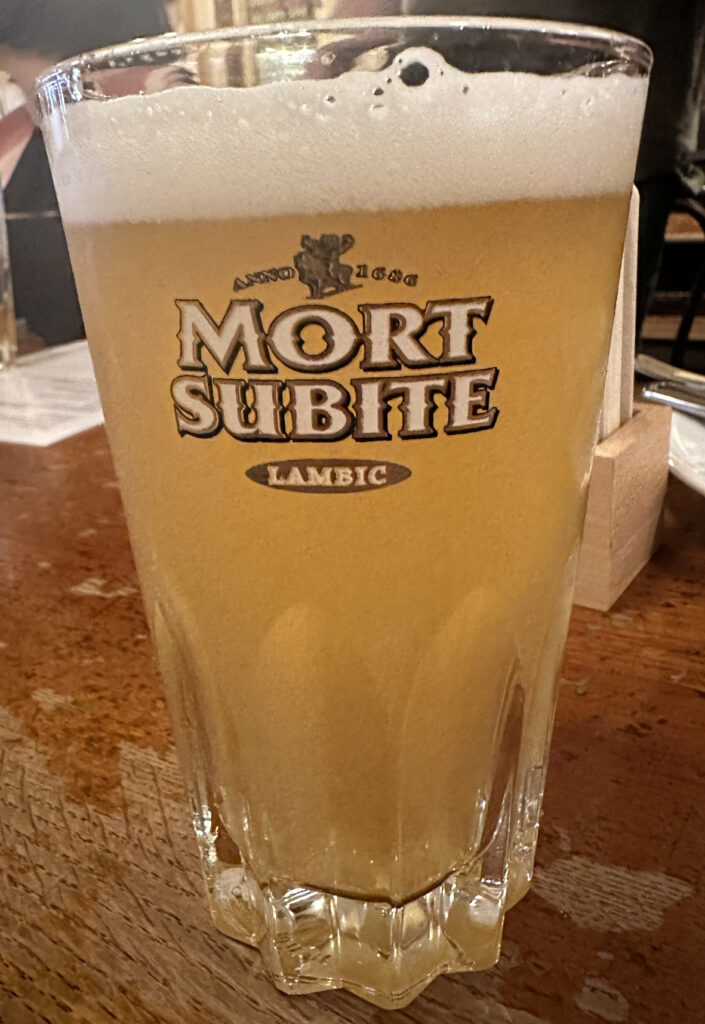
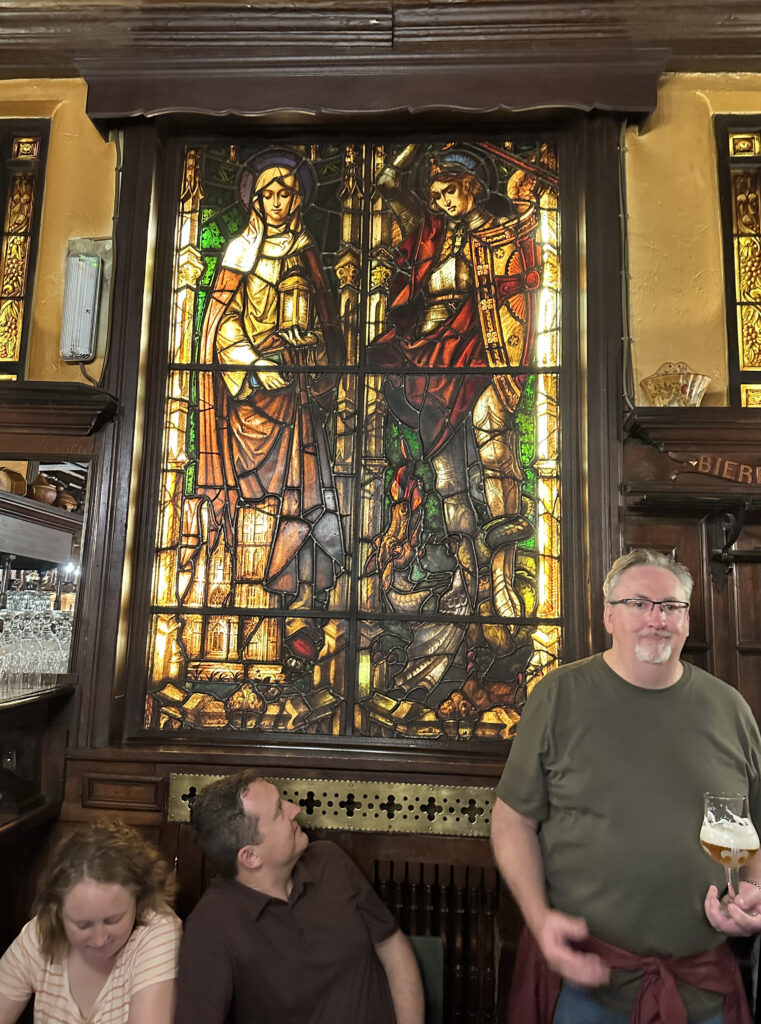
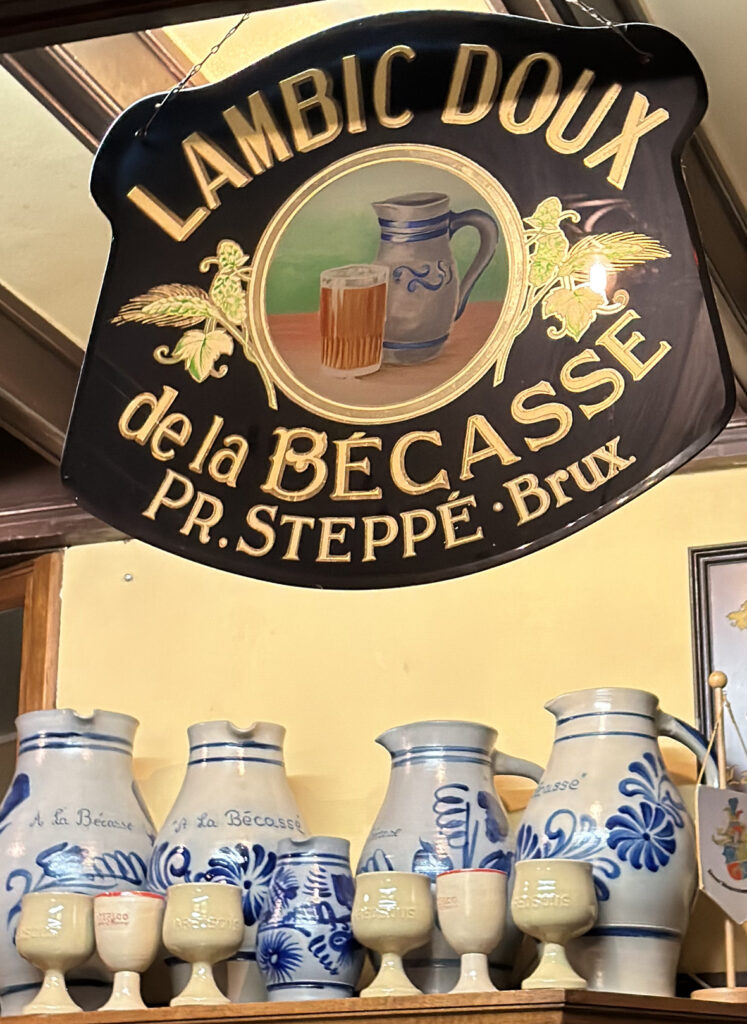
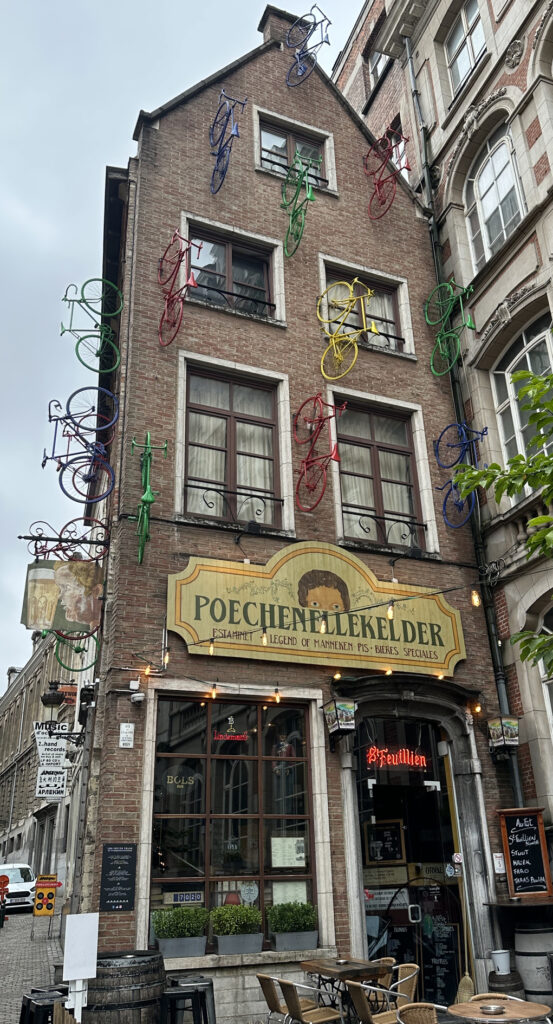
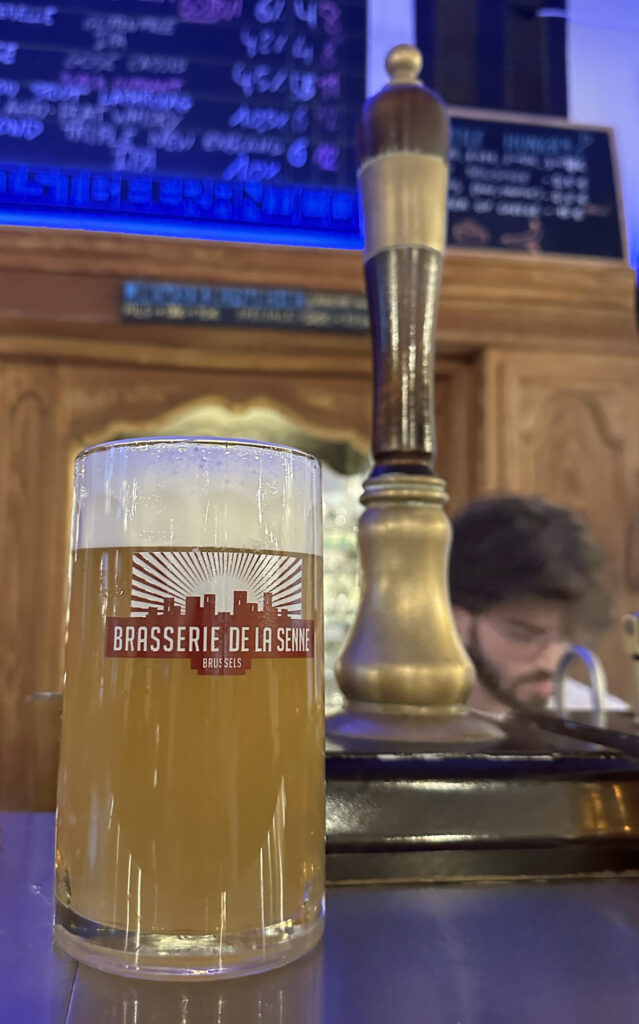

Delightful article whether you love beer or not, thankyou.
Your writing makes it seem as if I were with you on your adventure. Looking forward to the next part!
Wonderful! Wish I was there.
“I, for example, had never drunk Kölsch in Cologne.”
I’ve been to, and drunk Altbier and Kölsch in, Düsseldorf and Cologne many times, but have never been to Prague, and to Brussels only once. I went to pretty much all the same places you did, and while the beer was fine in all of them my enjoyment of them largely depended – as is often the case – on the timing and company: I popped in À La Mort Subite just after it had opened and enjoyed a glass of draught Kriek with only the staff there before catching a train back to the airport; Poechenellekelder was full of a large and noisy party of elderly American tourists so after a bottle of Tripel Karmaliet I fled to À La Bécasse for a stone jug of lambic, leaving just as a similar group arrived; and at Delirium, which I’d been advised to avoid as place for young people and tourist trap, I spent a happy couple of hours sitting at the bar working through some of their bottles and chatting to a group of backpacking Brazilian students.
Sounds like a great trip Martyn.
I’m glad you had such a good time, although I must say that I am surprised that you’d never been to Mort Subite!
Or to Cologne? Unglaublich!
BTW what’s the new book (obviously not your magnum opus on Porter)?
No, and I can’t tell you yet, because the concept and the title are so amazing I’m surprised no one has ever done either before, and I’m deeply frightened someone will beat me to it before it comes out early next year …
Then I will eagerly await your announcement next year of its publication date.
Great article, accurately portraying some of Brussels great bars. It really is an amazing city.
[…] the umbrella heading “If it’s Tuesday, this must be Kölsch!” So far we have parts one, two and three with more promised. It’s a bit mind melting in the pace, one which may tax […]
[…] READ ARTICLE Search […]